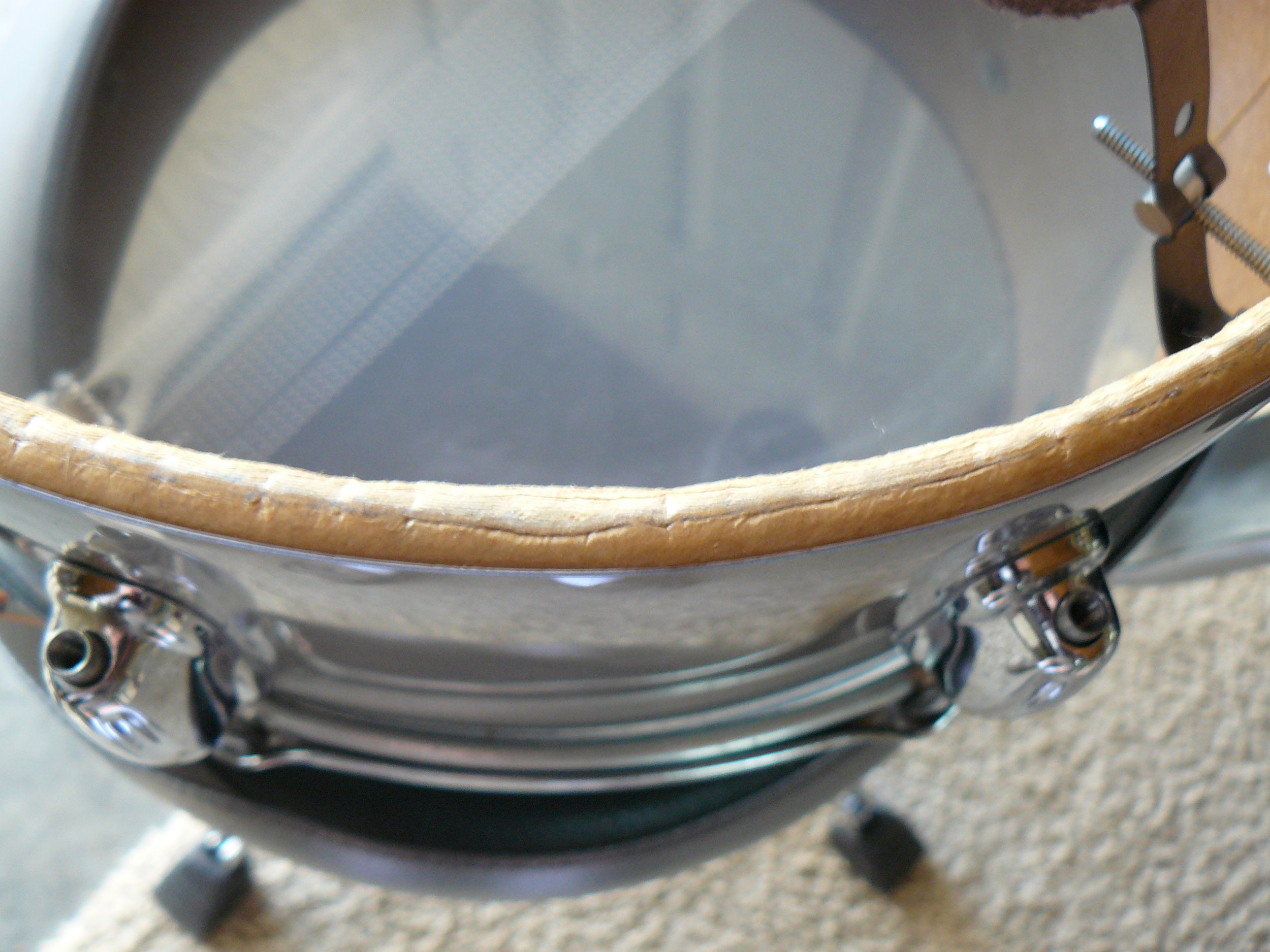Greetings vintage and custom drum lovers. It's always my hope that you are enjoying our publication each month. In my humble opinion, the magazine is getting better and better each month, and we encourage you to tell your friends about it. I am always surprised to find a drummer who doesn't know about the magazine. The variety of topics, the great photography, and so much more makes Not So Modern Drummer the number one vintage and custom drum magazine in the world. There's my shameless plug, and now I will proceed to my article.
I enjoy reading the new articles each month as well as writing something new for you faithful readers. I am not a writer on the level of some our other writers, but I'm the real deal when it comes to being a drum collector slash fanatic. A big part of what I do as a collector is look for vintage percussion instruments that are historical and of interest to the drumming community. Not everything I buy or try to buy is necessarily something I would like to play. Recently I came across a drum that is barely vintage in that it was produced in the mid 1980s, but it is definitely a type of drum that is interesting. The drum I am writing about this month is a Foil Badge Slingerland 100 Series Snare Drum. The thing that makes this drum a collector and interesting is the shell that is made of cardboard. You heard me right. The shell is made of cardboard.
I first became aware of these drums by reading "The Slingerland Book" by Rob Cook. In a couple of places in the book the cardboard shell drums were mentioned. In the chapter that deals with 1980-1986 drums entitled "Slingerland at the Edge", on pg. 116 Cook writes, "One of the last product developments of the Rasp era was a shell made of cardboard. As could be expected, the acoustic properties and durability of the bearing edges on these drums were dreadful." "Rasp" was Larry Rasp and his wife Sandra who bought the failing Slingerland company in 1984. The next mention of these drums is on pg. 204, "Slingerland shells reached a new low in the early 1980s when they actually sold drums which were little more than cardboard tubes with pearl covering and some hardware slapped on. The tubes were sturdier than the mailing-tube type, as they were actually made from Sonatube. (Sonatube is used for telescopes and as forms for casting concrete pillars.) The basic material was nevertheless cardboard, and the bearing edges quickly lost their integrity."
It was of interest to me to see this 1980s Foil Badge 100 Series Slingerland snare drum for sale on E-Bay. The seller was very honest about the condition of the drum listing it as, "Unplayable". He made it abundantly clear that the bearing edges were in poor condition. It's a shame that some sellers on E-Bay, and other on-line outlets, try to hide the true condition of a drum or other item that they are selling. It's far better to tell the truth, the whole truth, and nothing but the truth when it comes to describing items you are selling. I call it the Golden Rule of drum selling, "Tell unto others all the defects of your drum as you would have them tell all the defects of their drum unto you." Well, I couldn't resist buying this drum so that I could talk about it to you and to everyone who comes to my drum room. Check out the photos especially the ones of the bearing edges. The wrap is faded from a light lavender to a grey color. It is a pretty drum. It is too bad they didn't at least glue in some reinforcement rings.











